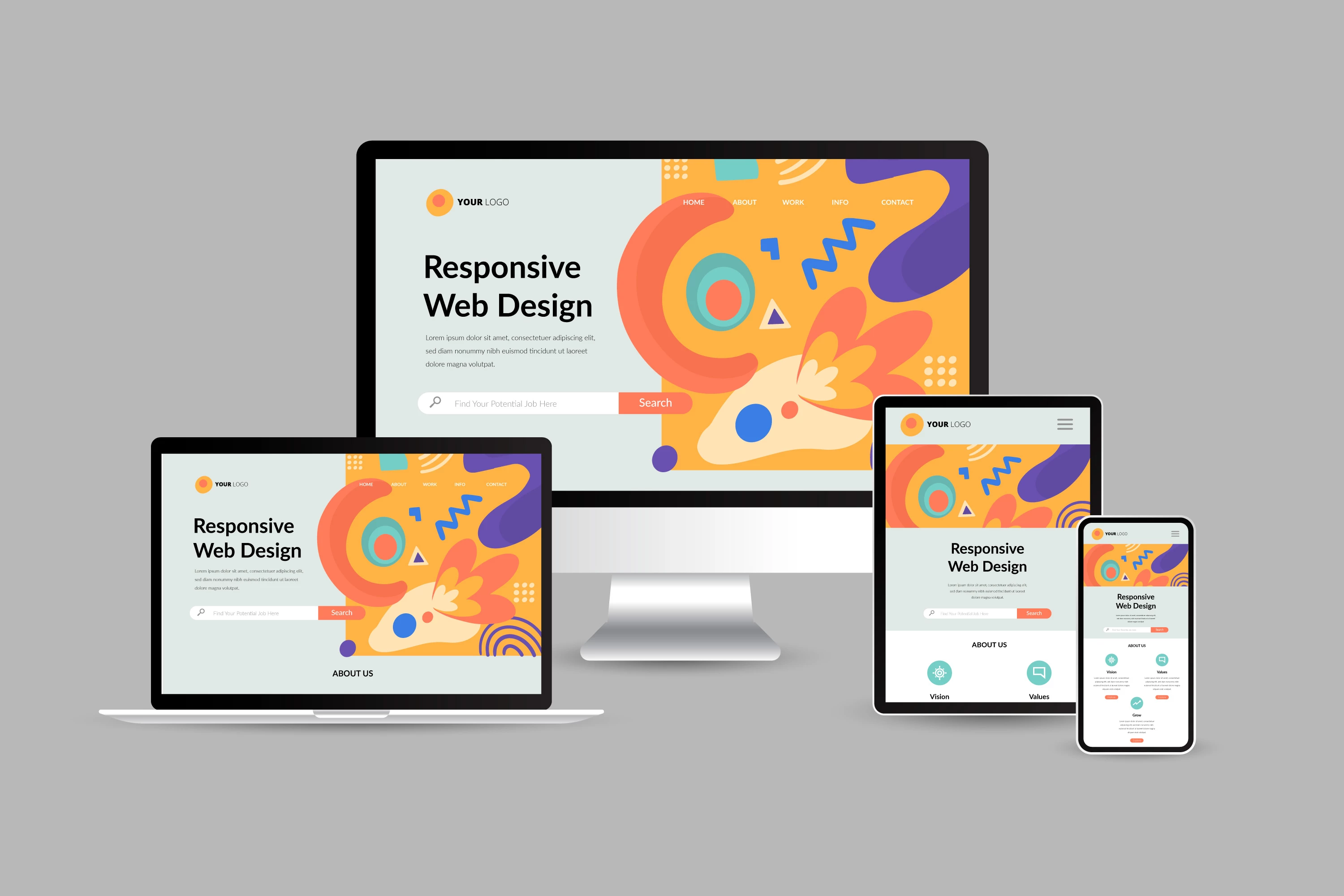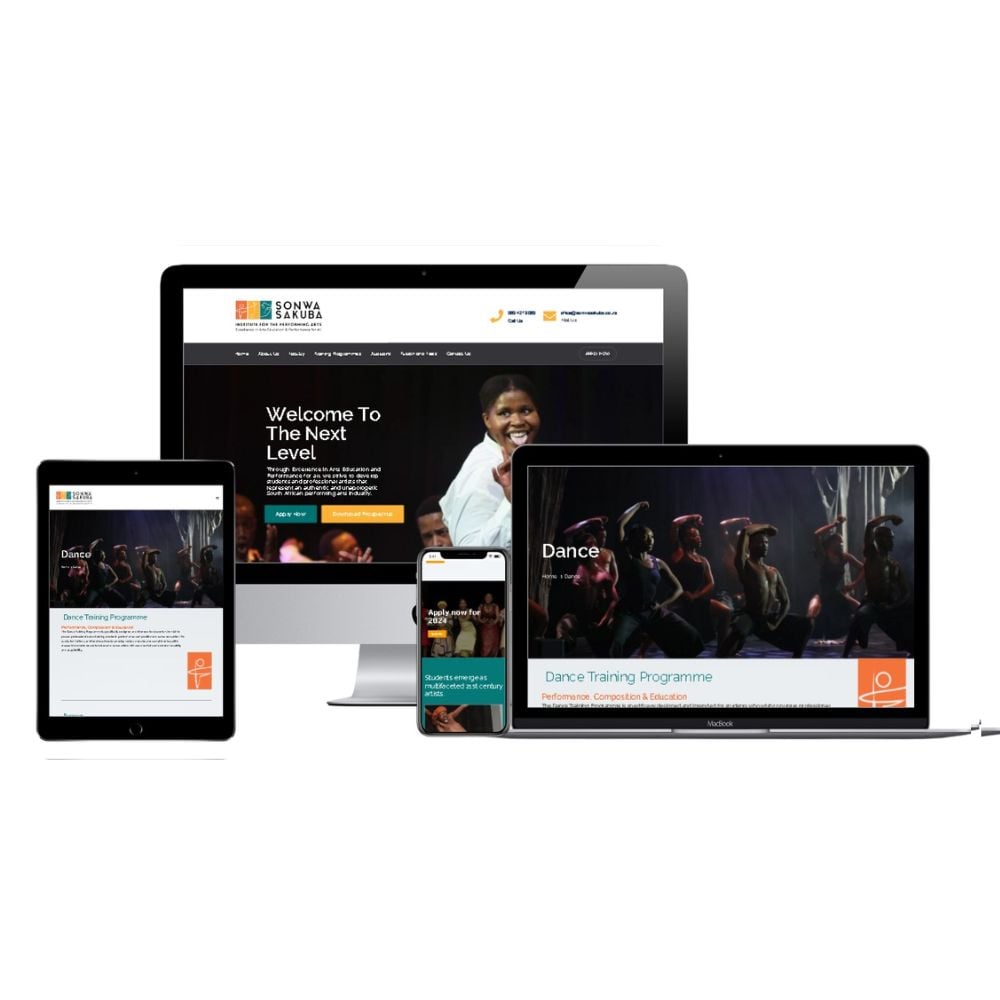Leading Tips for Developing an Impactful Website Style That Transforms
To achieve this, one must take into consideration a selection of aspects, including understanding the target audience, focusing on individual experience, and enhancing for mobile platforms. The critical usage of compelling call-to-actions and a distinct aesthetic hierarchy plays a crucial duty in assisting individuals through their trip.

Understand Your Target Audience
Understanding your target market is essential to effective internet site style, as it lays the groundwork for developing an interesting individual experience. Identifying that your users are, including their demographics, choices, and habits, makes it possible for developers to tailor the internet site's material, format, and functionality to fulfill particular needs.
Carrying out extensive market research is vital in this process. Studies, interviews, and analytics can give important understandings into customer expectations and discomfort points. By compiling this information, designers can produce user identities that stand for different sectors of the audience, making certain that design choices are educated and appropriate.
In addition, understanding the target market aids in selecting proper layout elements such as shade systems, typography, and imagery that reverberate with customers. A website that talks straight to its target market fosters a sense of link and trust fund, encouraging longer sees and greater conversion rates.
Eventually, a user-centered technique to internet site design not only improves customer satisfaction but likewise sustains organization purposes by driving engagement and loyalty. By prioritizing the requirements and preferences of the target market, an internet site can effectively serve its purpose and achieve preferred results.
Prioritize Individual Experience
To improve the general performance of an internet site, focusing on customer experience (UX) is essential (Website Design). A well-designed UX ensures that visitors can navigate the website easily, locate details promptly, and involve with material meaningfully. This causes boosted individual fulfillment and greater conversion prices
Begin by applying instinctive navigating. Menus must be rationally structured, enabling individuals to locate key locations of the website with very little effort. Consistency in layout components, such as shade plans and fonts, fosters knowledge, which is vital for preserving individual engagement.
In addition, take into consideration the packing speed of your internet site. A hold-up of just a couple of secs can result in significant drop-offs, as customers are less likely to wait for a slow-loading web page. Enhancing images and maximizing code can improve performance and preserve visitors.
By focusing on user experience, you not only produce an extra enjoyable environment for site visitors yet additionally strengthen your brand's trustworthiness. Inevitably, an emphasis on UX is a financial investment in the long-term success of your site.
Enhance for Mobile Instruments
Maximizing for mobile devices is important in today's digital landscape, where a boosting variety of customers accessibility websites with mobile phones and tablet computers. A mobile-friendly layout not just improves individual experience however likewise plays a substantial function in enhancing internet search engine positions. To attain this, it is vital to take on a receptive layout that instantly adapts to different screen sizes and orientations.

Filling rate is one more crucial factor; mobile customers are normally much less client and anticipate quick access to details. Enhance images and leverage internet browser caching to enhance efficiency. Ultimately, test your internet site on several devices and display resolutions to determine and rectify any kind of potential use problems. By focusing on mobile optimization, you make sure that your website stays competitive and successfully engages a wider target market.
Use Engaging Call-to-Actions
A site's performance commonly pivots on its capability to assist site visitors toward preferred activities, making engaging call-to-actions (CTAs) important elements of layout. CTAs act as the pivotal points that guide customers to involve with the site, whether that implies purchasing, enrolling in an e-newsletter, or downloading a resource.
To create efficient CTAs, clearness is extremely important. Usage concise language that clearly communicates the action you want the individual to take. Expressions such as "Obtain Begun," "Subscribe Free," or "Store Now" not just share necessity yet additionally eliminate ambiguity. The placement of CTAs is equally essential; they ought to be tactically positioned throughout the website to ensure they are easily visible, especially in high-traffic areas.
Furthermore, the design of CTAs should stand out without being obtrusive. Use contrasting shades and clear typefaces to ensure they capture attention. In addition, take into consideration making use of directional hints, such as arrows or images, to lead customers toward these buttons. By concentrating on these components, services can substantially enhance individual engagement, driving conversions and ultimately attaining their web site's goals.
Concentrate On Visual Power Structure
Efficient website layout relies greatly on a well-structured visual power structure that guides customers through web content perfectly. By arranging elements in a fashion that prioritizes info, designers can improve customer experience and help with decision-making. This entails utilizing dimension, color, find here contrast, and spacing purposefully to draw focus to the most vital components of a website.
Using bigger fonts for headings and subheadings establishes a clear difference in between different areas, permitting users to scan material easily. Additionally, utilizing different colors for buttons and calls-to-action can catch customer attention and encourage interaction. Whitespace is another essential important site element; it prevents mess and makes it possible for users to focus on key messages without interruptions.
Images and graphics should match the message while additionally sticking to the recognized pecking order, strengthening the total message (Website Design). Uniformity in layout elements, such as color design and typography, additional enhances the visual pecking order, making navigating instinctive

Verdict
In final thought, effective internet site style necessitates a thorough understanding of the target audience, prioritization of individual experience, and mobile optimization. Ultimately, a well-executed internet site style serves as an important element in driving customer actions and achieving service objectives.